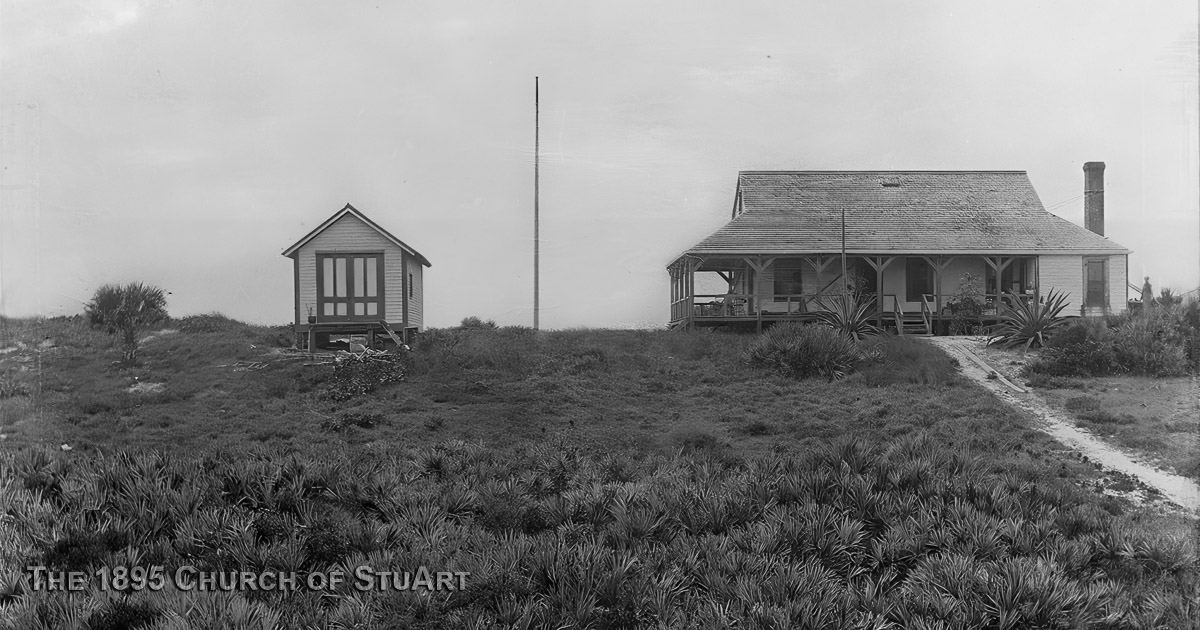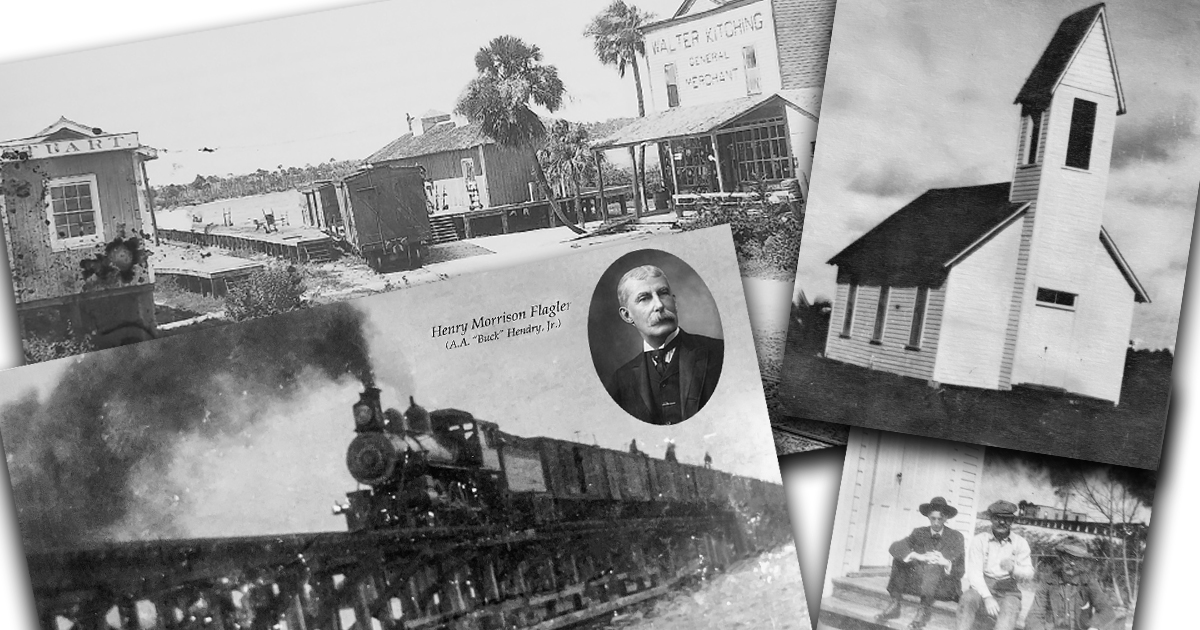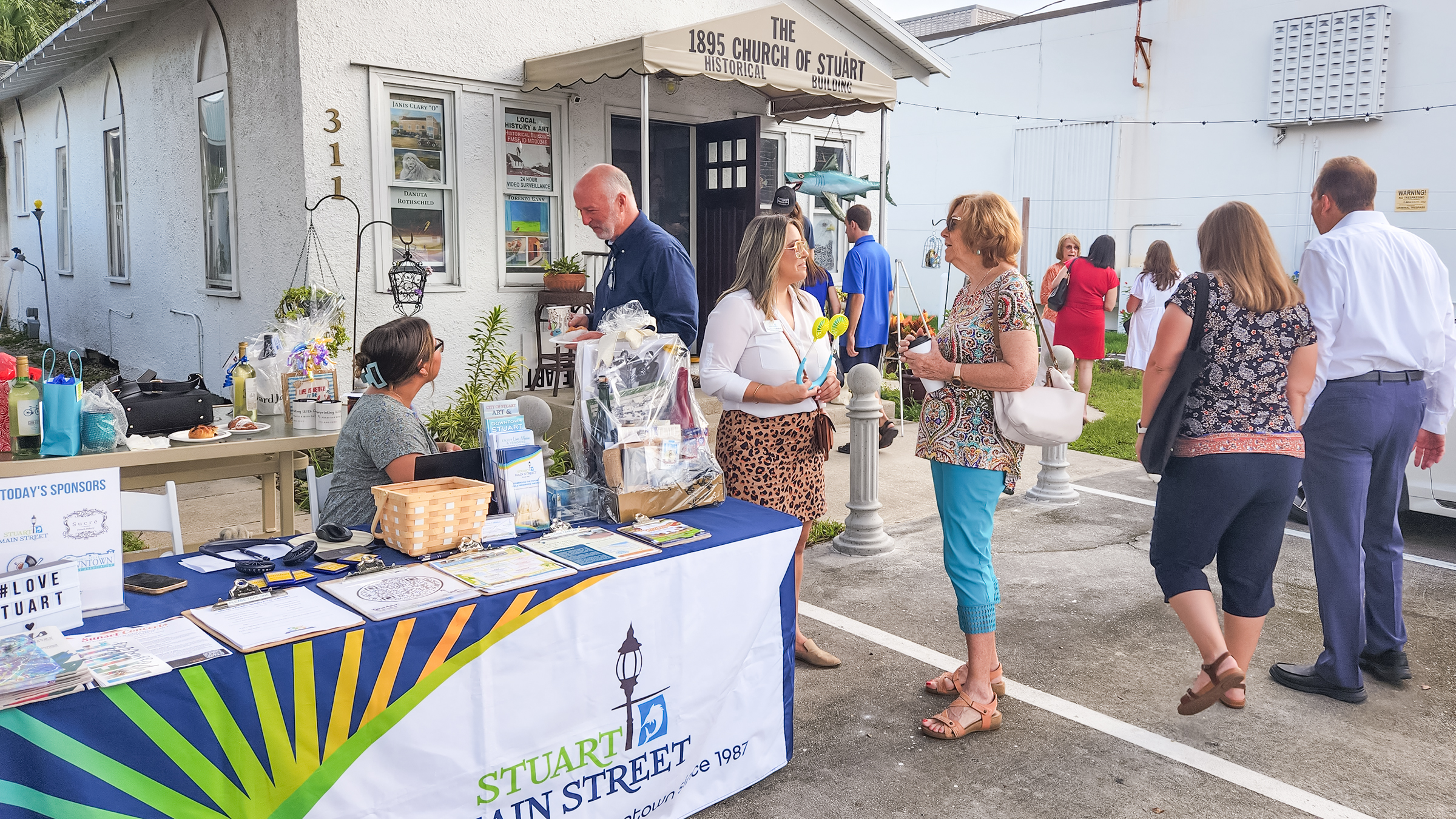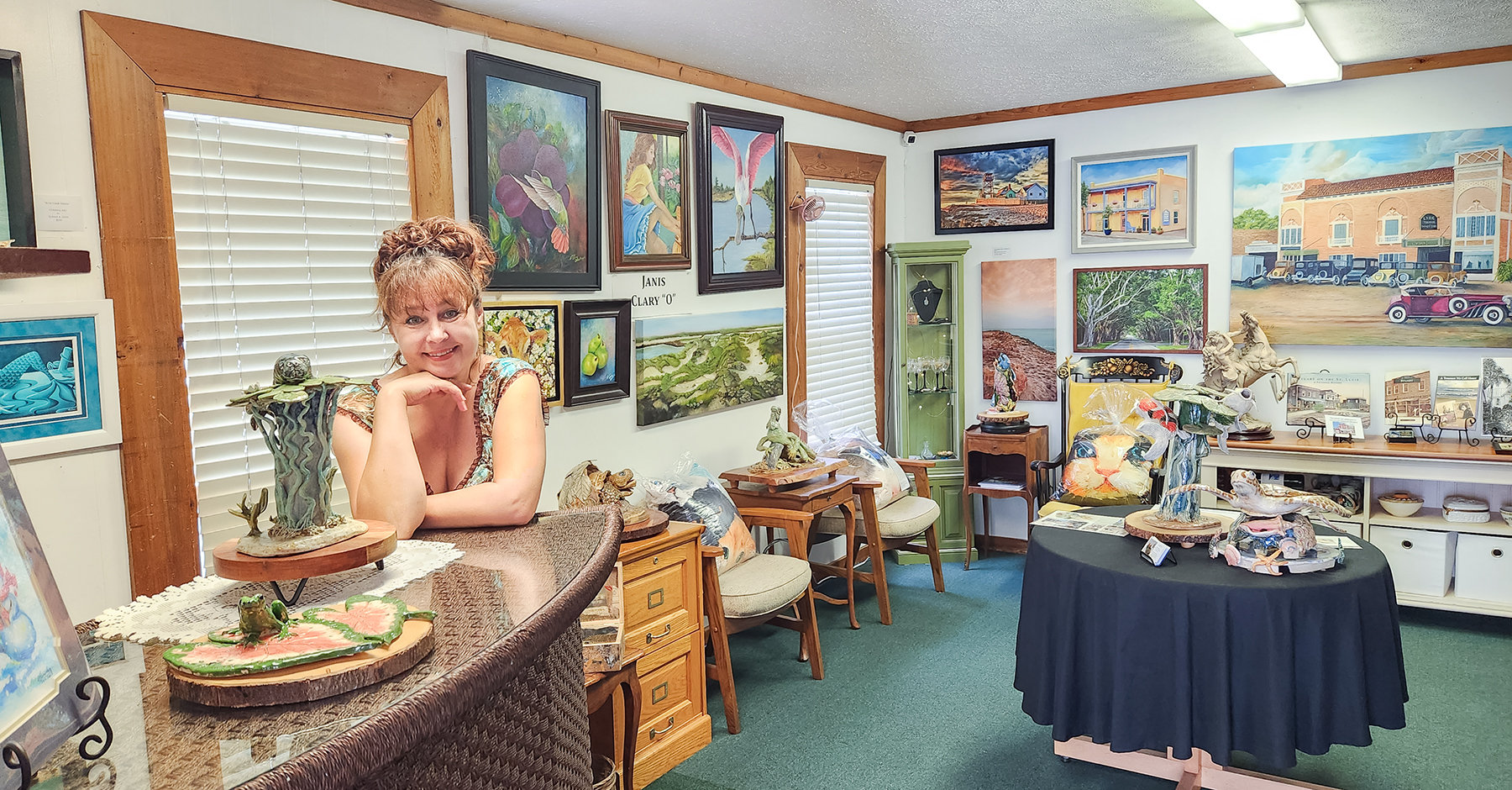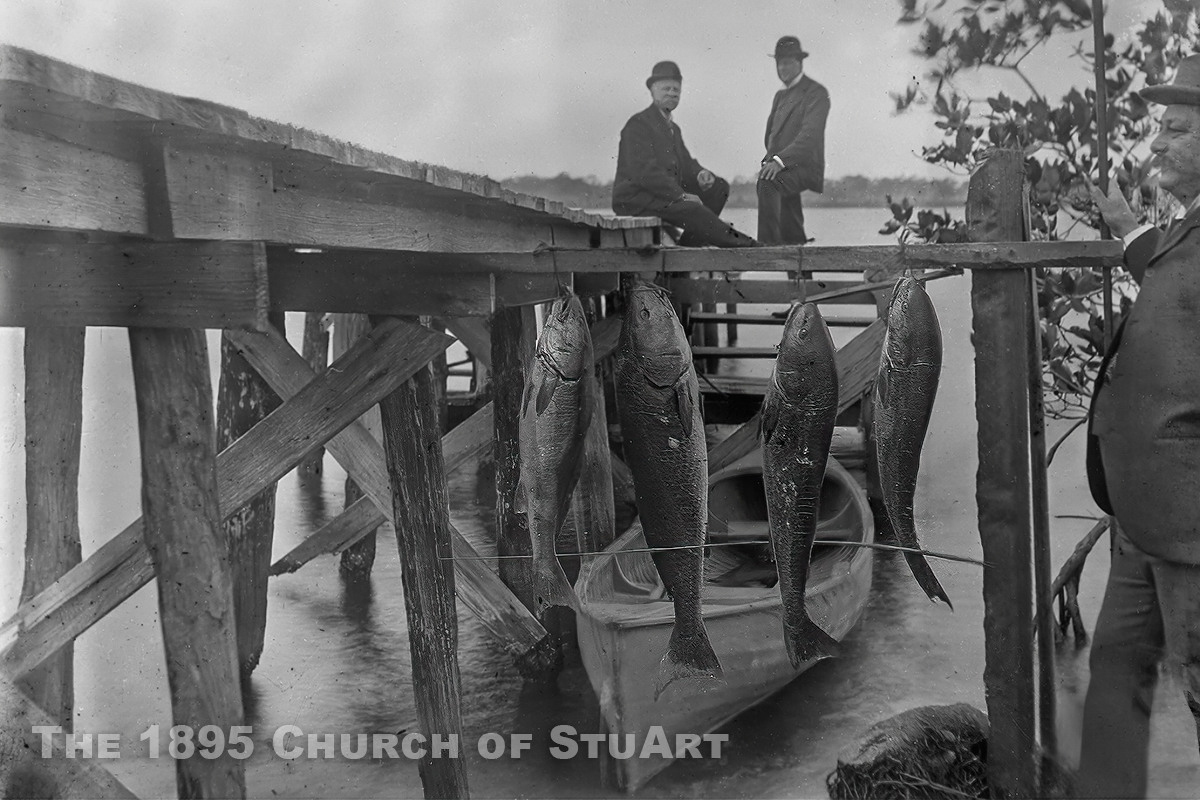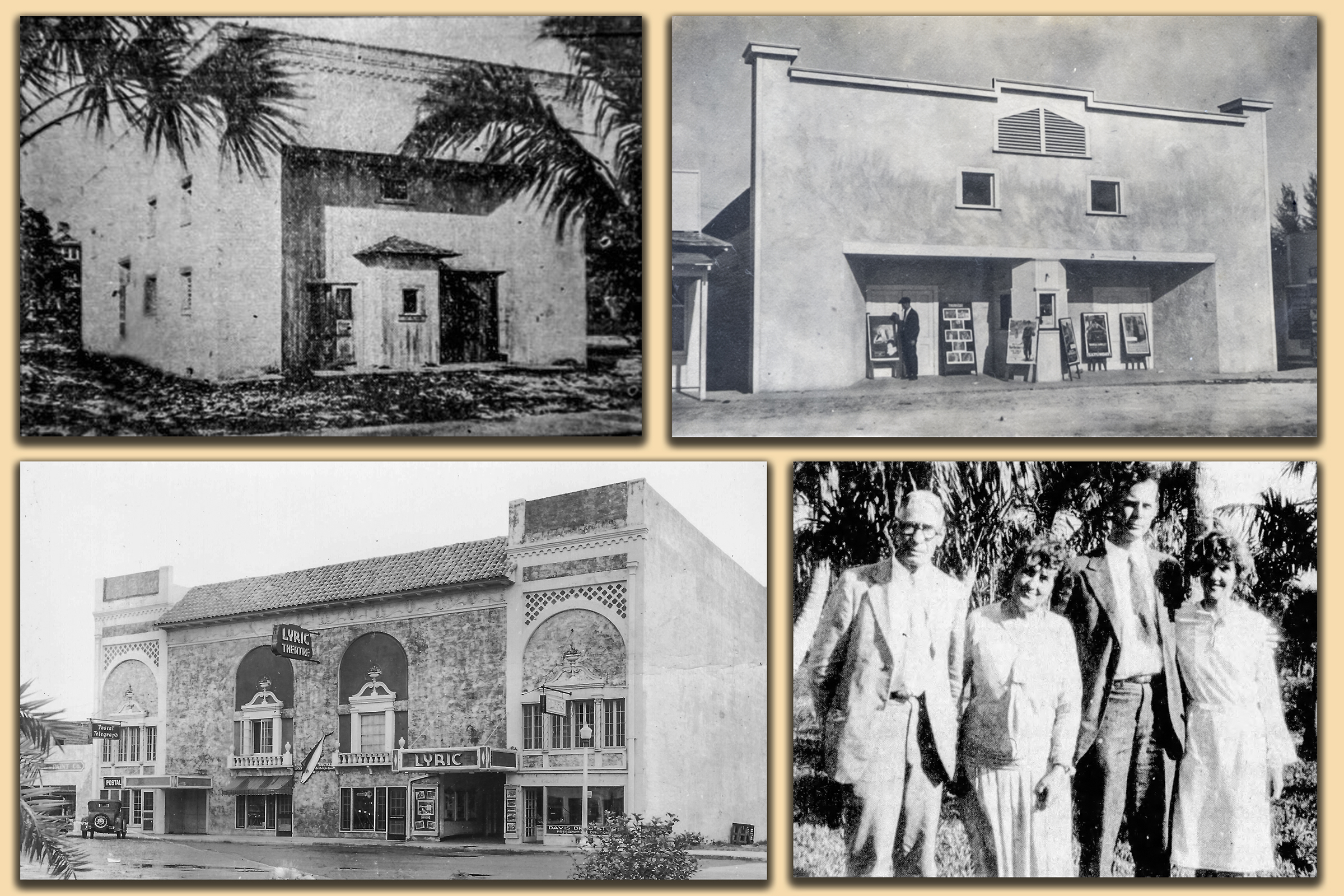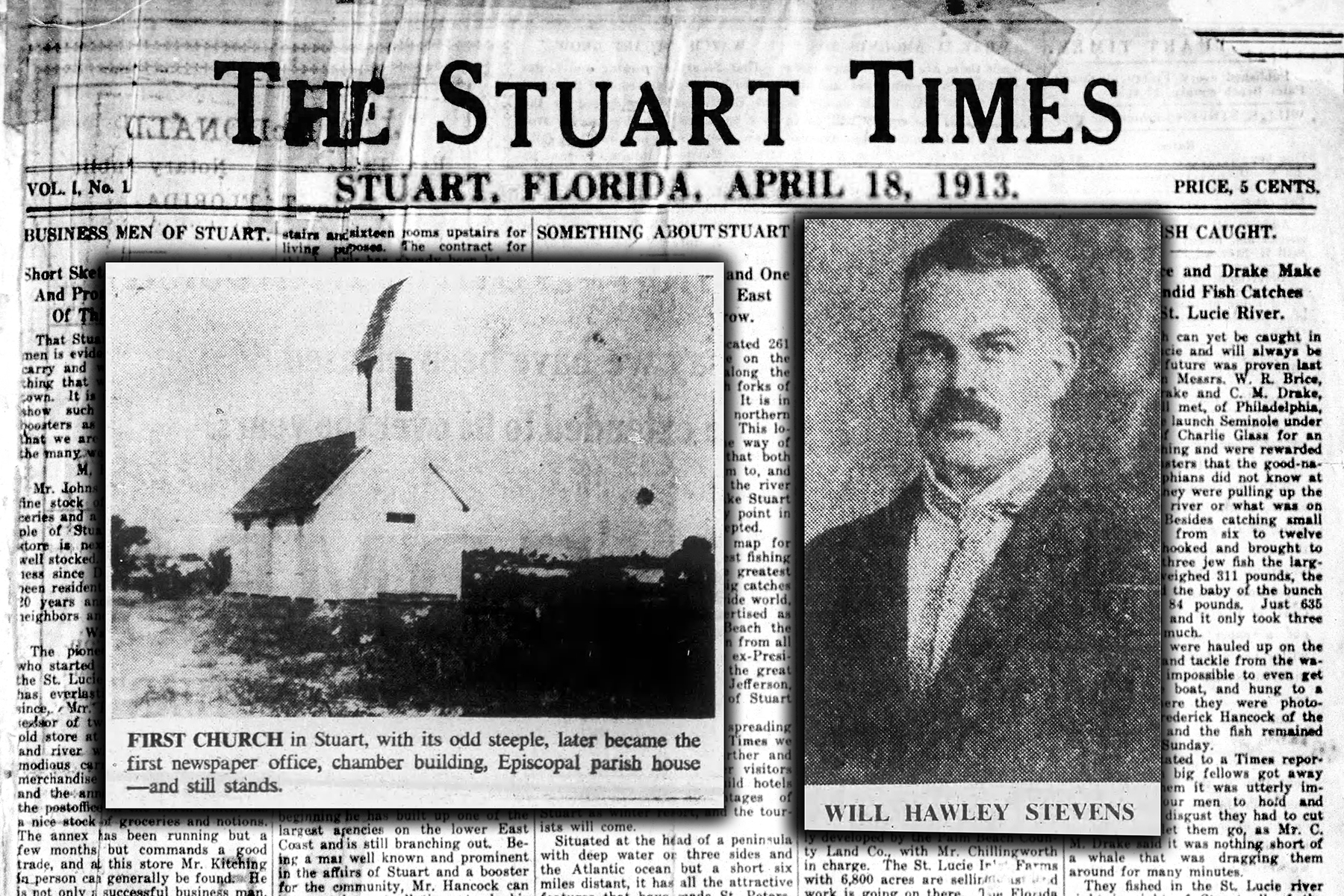By Rev. C. Fred Blackburn
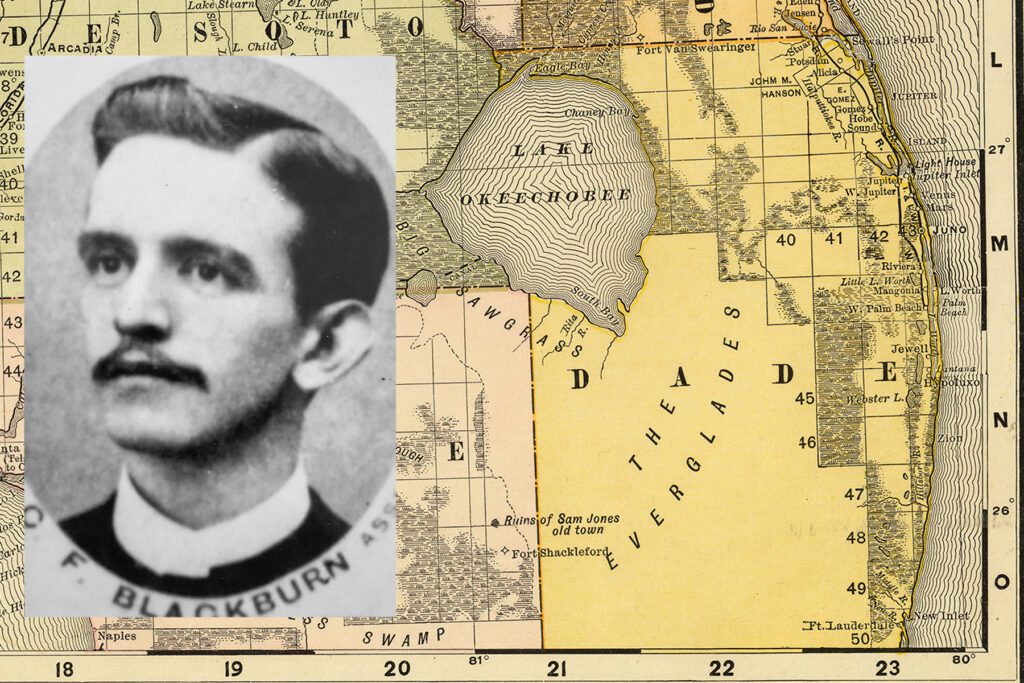
It was in the closing hour of a Florida conference in 1892 that appointments were being read; there was a tenseness, a feeling of excitement, and all else that goes with that unique scene in Methodism when the ministers receive; their appointments to their fields of service for the coming year.
A young preacher was in that gathering who was just closing his first two years as a member of the Florida Conference, and when he received his appointment it proved a disappointment, for he was assigned to Indian River, and having heard something of the nature of the work ahead of him he realized that his hopes of a little home-nest would not be carried out; he realized that he was going to a work of hardship and misery.
Then, looking around him, he was the leading pastor of the conference, the pastor of the First Church of Jacksonville, with his hands before his face and tears trickling through his fingers on receiving his appointment, and the young minister thought: “When a leading pastor has just received such a disappointment, surely I, who am just a young boy starting out can bear a little disappointment also.”
We arrived at Brantley on Indian River about nine o’clock on a very dark night, and the lights of the ship lit up the dark shadows and disclosed some dozen or more negroes, on the wharf, and as we stepped off the boat they chattered and shuffled back and forth. The young preacher asked them if they knew Mr____. They said yes, and that he was playing cards with his neighbors next door.
When the young preacher reached the house he was furnished with a little cot in the attic. The next morning he inquired if there was a boarding house, or some place to spend Sunday; he was informed there was no boarding house. He then inquired if there were any Methodists who could entertain the preacher, but was informed there were none. “Well where am I to stay?” was the inquiry. “Stay here,” was the reply, “you can stay with the cook, as I am going off on the steamer.”
Well, that Sunday morning we went out to the church building, the only church building within 90 miles up and down this coast,—a little box-like house, no doors or windows, no pews; the congregation had a little board about six inches wide running around the building which was their pew and that was all, and there we held our first service.
We decided to make provision for a boarding house and a place to stay at the next place, and wrote ahead for them. When we arrived at Sebastian the wind was blowing, and we hoped they would have our room prepared, but we were informed that someone had said we would not be there until the next Saturday night, and although we said we had written we would be there at that time they insisted they had not expected us until the next Saturday. We were finally put in a loft over a store about 48×70 ft., lit by dim ship lanterns, and as I looked around I could see about a dozen cots occupied by strangers; the wind blew against the window-panes and howled around the building all that night.
The next morning we set out and walked up the beach. It was hard to find any sign of a residence, only here and there a shack. After breakfast we inquired how many inhabitants were living there, and were informed there were about 75. Back in the woods, about three-quarters of a mile, over a little-traveled footpath, we found a little house, which seemed to me the prettiest place I had ever seen. The door on the front porch was open, and the linen was white and everything inside was neat and clean. I thought: “If I can stay here I am sure going to stay”. A lady came to the door with smiling face. “Is that you, Brother Blackburn” she asked, and her voice sounded like sweetest music to my ears. You will never know what it means to be called “Brother” until you have been far away from home among strangers. Not until then will you know what it means to have someone take you by the hand and call you brother. In that little community we found four church members, one man and three women.
We got the use of an old mule stable, without any floor, which we used for a short time, until someone bought the ground on which it stood and turned us out of doors. We then got the use of another old building, until an infidel lecturer came to town and we had to give that up. We then received the use of a merchant’s parlor, but it was a pretty hard thing to hold service there. There were crowds of people walking in and out of the store and noisy crews out on the street. They were building the F E C railroad, and the railroad gangs were hanging around, and Indians and negroes.”
The condition was unbearable, and one night we said: “We’ve just got to have a church, but how are we going to get the money to start it?” “I’ll give $10.00″ said our hostess. “I’ll write home and get another $10.00 from across the seas.” I said. “And I’ll add $15.00 in work,” said her husband. Well, we wrote to everyone we knew that we thought would be interested, and in about thirty days we had $140.00 to erect a little frame building.
The first Sunday we held services we had a roof on one side, and the floor boards loosely laid down, the pulpit made of a piece of two by four lumber and a piece of weather boarding, and although it was unsightly and unfinished I suppose we were as proud as any folks ever were in a new building. I remember an interesting incident of the service: when I opened the doors of the church and inquired if anyone desired to come forward two young ladies came. I repeated the invitation and looked over the crowd and a young man got up and said “Do you mean me”. “Yes, if you want to,” I replied. “Well, I guess I’ll wait till next time,” was the answer.
We went on to our next appointment at Fort Pierce, which in those days was named Edgar town. I was met at the wharf by a good Baptist and he took me to the home of the saloon keeper of the community. I remember one Sunday evening as we were singing with his wife and daughter the saloon keeper came into the room and took hold of a hymnal and asked us to sing “The Ninety and Nine”. He realized that he was outside the fold, and yet he had a warm appreciation of God’s servant and opened his home to him.

A mishap in a wedding resulted in a church being organized at Stuart. It happened in this way: I was invited to go down to Stuart to officiate at a wedding, but we found on our arrival that the license had been secured in the wrong county. The couple lived in Dade county and the license had been secured in Brevard county. With the slow mode of transportation in those days it would have taken a week to secure another license, so the wedding was postponed for thirty days. They weren’t in such a hurry in those days. We took the occasion, however, to hold a service, which was the first on Saint Lucie river. A Sunday School was then organized, and later a Church organized and a church building erected.
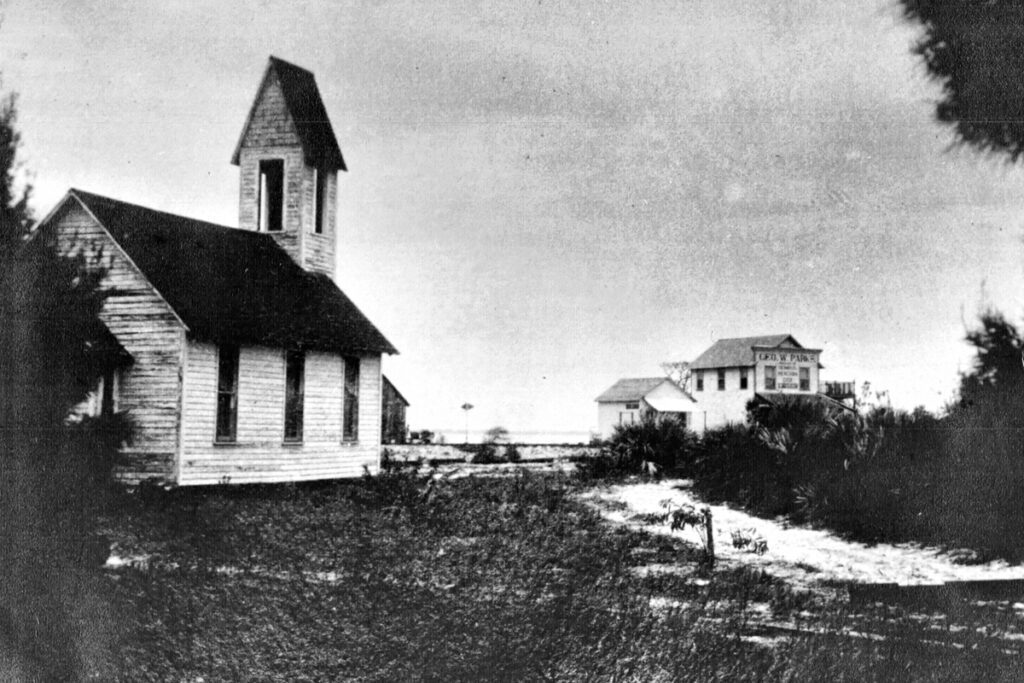
On the Lake Worth Division of the circuit, Rev. M. F. Dukes was pastor, and we united in our quarterly conferences. On our first quarterly conference we took an interesting trip going by boat and train and boat from Jupiter to Juno on a load of lumber, and paid 75c for a seat on a load of lumber,—a little over ten cents a mile for a seat. After a stormy journey on a little boat down the lake we held the quarterly conference the next day with nine men present in the congregation and a collection taken of nine silver dollars. The service was held in a school house near the site where the Royal Poinciana stands today.
It was only a few months after this that a tragedy took, place in the home of Rev. Dukes. I received a message that the bride had died, and before I could arrive there on a steam-boat I found the poor woman had been laid away under the palmettoes on the beach, with no burial service.
There was no minister of the gospel to speak a word of comfort to that bereaved man, no song, no prayer,—he laid her away in the sands there on the sea-shore. Just as he was about to leave a young Presbyterian ministerial student came along and pronounced the benediction. Those were trying times,-trying to preach and build up the Kingdom of God back in 1893.
It was in 1898 here in Miami that we got the most thrills and throbs. Being sent here to organize a church we did not receive a very cordial welcome. The Presbyterian minister Dr. Faris, advised against our coming in, and said it was no use to try to organize, and Doctor J. M. Jackson talked to me for half an hour and said there was no opening for our church at that time. One minister, I won’t mention of what denomination he was, shook his fist in my face and said “I’ll fight you to the end”. This was not a very promising prospect for a young preacher trying to start a new enterprise. It was three months before we organized with 15 members and –enjoyed the hospitality of the Presbyterian tabernacle on Miami Ave.
We then rented a building on Miami Ave. There were people living upstairs of the room in which we held services, and sometimes the children would play and drag their toys across the floor and make all kinds of noise while we held services, but our little organization of 15 members looked for brighter days.
A few weeks after our organization we erected a modest little parsonage on the lot where Trinity now stands. It was built by a plumber, a tinner and a preacher. The roof was so steep “it would split a rain-drop” it was said.
Shortly after we moved in the government sent down 8,000 soldiers during the Spanish-American war, who camped round our little building. They were Louisiana boys, and some of them were called “New Orleans Wharf rats”, and made conditions such that a visiting brother said it was “like living in hell”.
After the soldiers left we thought perhaps the prospects of holding services successfully would become brighter, and then the yellow fever broke out. We were shut in by the quarantine. I don’t know whether any of you have ever experienced such a thing; day after day we were shut in from the outside world. I remember one pathetic incident when all the mourners rode bicycles except the immediate family, as it was thought carriages covered germs; the hearse was a little funny furniture wagon.
However, shortly after this the Church Extension board came to our assistance with a thousand dollars, which enabled us to put up a shell of a church. One day I stepped into the building and I saw one of the workmen coming out from behind the nail kegs. It was the noon hour, and that workman had been spending his lunch period in prayer for our building. I sometimes wonder if the prosperity that has come to Trinity, and the beautiful spirit of that first church that has mothered eight other organizations around about Miami was hot born in that workman’s prayer behind those nail kegs that day.
The contractor and foreman on the building, who was not a very religious man, but who had read a book on the wonderful answers to prayer, said at a time of financial despondency; and when there was a prospect of shutting down the works, “Why don’t you ask God for the money, as it is His enterprise?”
Where we had 15 members in Miami in those days to begin with we now have 7,000, and whereas we had 16 members on Indian River and about 12 on Lake Worth we now have over 6,000 in all that territory, and the one church at Sebastian has increased to about 30 churches on Indian River and Lake Worth.
It is almost impossible to realize the transformation from the smoke-screened services (when we had to burn smoke-smudge for the mosquitoes) in those little shacks, to those beautiful buildings -Trinity, Holleman Park, Hollywood, Fort Pierce and Miami Beach, as well as others.
Our heartfelt thank you to Sandra Henderson Thurlow for sharing with us the booklet “Pioneering on East Coast of Florida” written by Rev. C. Fred Blackburn.

The 1895 Church of StuArt is a historical building of the first community church, also known as the Pioneer Church (the oldest church building in Martin County), built in Stuart in 1895! Your donations help us maintain, restore, and preserve the building, and also continue our research and share historical information and articles. We greatly appreciate your support! The donations are not tax deductible.
You are welcome to visit our historic building and art studio The 1895 Church of StuArt – 311 SW 3rd St., Florida 34994.


